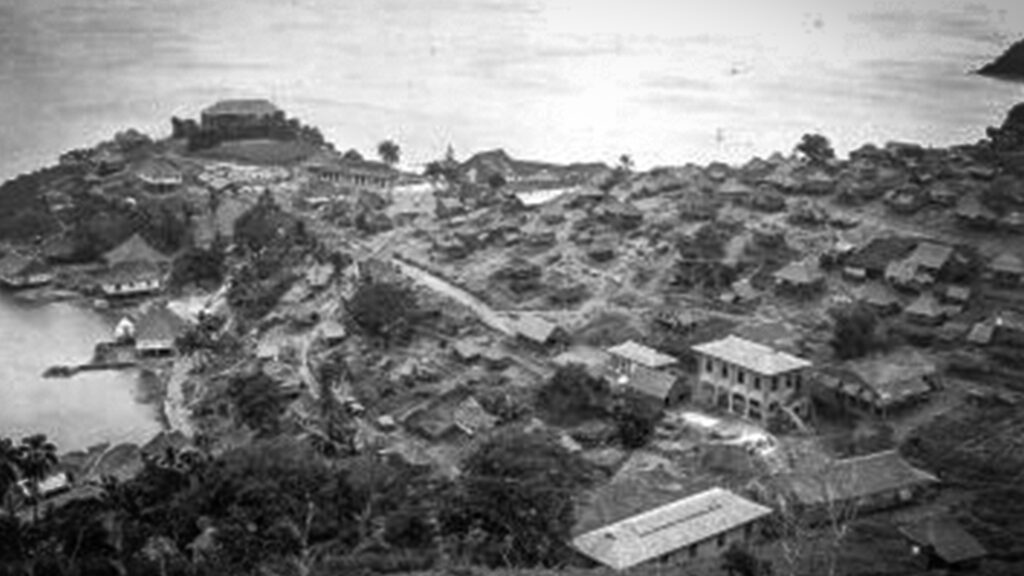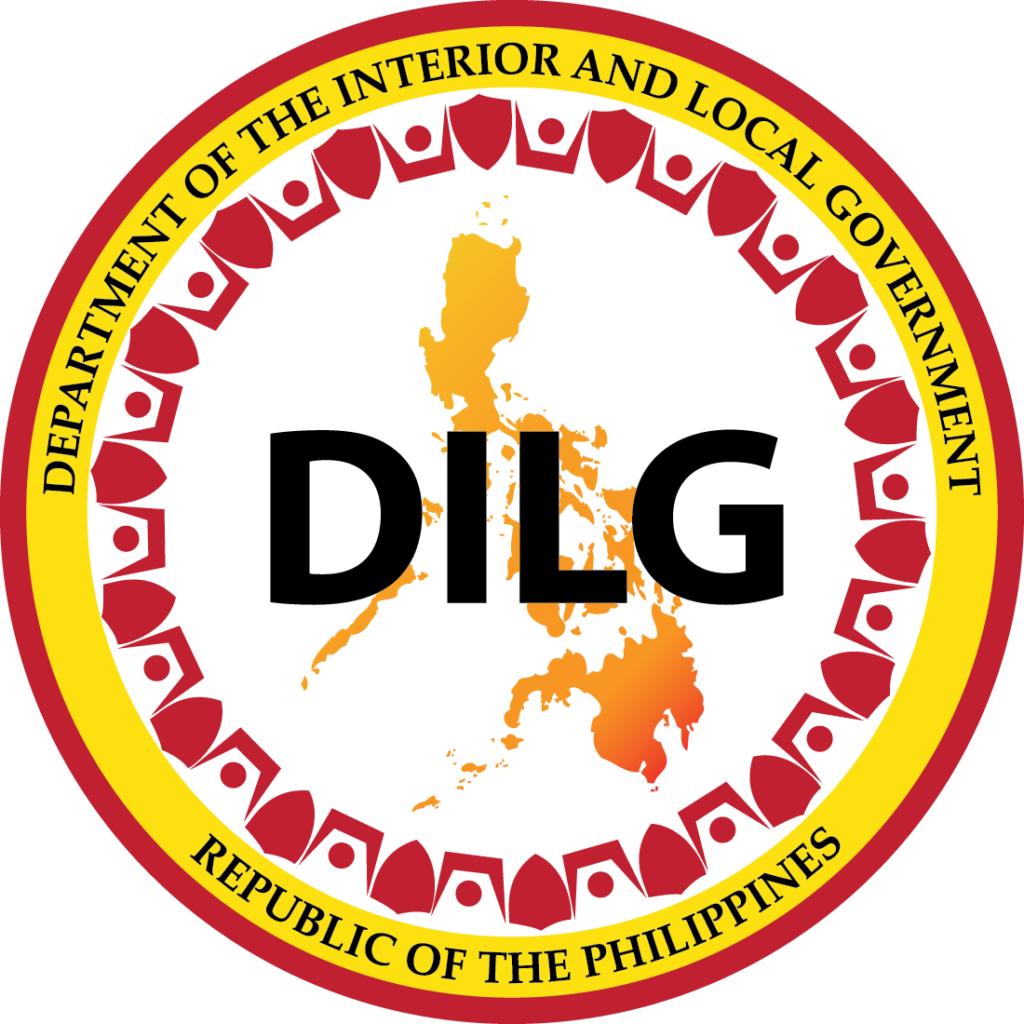
Leprosy, a serious public health problem, was identified during American colonization in the Philippines at the turn of the 20th century. The disease was considered highly communicable and had no known cure. The First Leprosy Conference in Berlin in 1897 concluded that isolation was the best means of preventing the spread of the disease. The conference also recommended the role of children in leprosy transmission and the need for isolation and separation from parents. This led to the birth of self-sustaining colonies like Culion in the Philippines.
Leprosy was introduced to Culion Island during the Spanish regime and was later selected as a Segregation Colony in 1901. In 1906, 370 leprosy patients arrived, marking the beginning of the colony’s history. In 1902, the Leprosy Segregation Law was enacted, allowing compulsory isolation and control of leprosy in the Philippines.
The 1906 law in the Philippines granted police powers to sanitary inspectors, leading to the rounding up of lepers and systematic collection trips to Culion. By 1935, the colony had become the largest well-organized leprosarium in the world, with around 7,000 living patients. The compulsory segregation law made Culion a “melting pot” of diverse cultures, languages, religions, and nationalities, making it a significant milestone in leprosy control in the Philippines.
The Culion Leper Colony, administered by the Department of Interior and the Bureau of Health, faced limited manpower to manage its inmates and maintain the island as a leprosy reservation. To address this, a “consejo” was established as an advisory body, chosen through election at large. In 1914, the Culion Advisory Board was established, consisting of ten regional representatives elected through popular suffrage by the population of the colony. Members served two-year terms, and the chief could authorize replacement by a special election. The “consejo” had limited powers, but its main role was to assist the chief and local police in maintaining peace and order, distribute clothing and cash allowances, and suggest measures for peaceful management. The first president was Jose Bolokbolok, who fought for the patients’ interests and was rewarded with the island name.
Culion Leper Colony became a model for other countries to emulate, leading to the establishment of island leprosy colonies like Nagashima Aiseien in 1930. These colonies contributed significantly to the Leprosy Prevention Law of Japan. The Pacific War and Japanese colonization of Taiwan and Korea led to the establishment of similar island leper colonies, such as Sorokdo Hospital in Korea and Lao Sheng Leprosy Colony in Taiwan.
Culion Leper Colony had a segregation system, with Upper and Lower Colony gates separating the residences of medical workers, nurses, and hospital administrators. Patients were typically in advanced stages of the disease, with complications and disabilities. The initial activities of patients included medical examinations, daily treatment, wound dressing, and food rationing. The influx of patients led to the need for additional manpower to deliver basic public services like water, sewage, and garbage disposal. The Public Works Section employed patients to assist in building construction, waterworks, sanitation, and transportation. However, the implementation of the Segregation Law caused resentment and a struggle for peace and order in the colony.
In 1908, a local police force was formed to maintain peace and order in the colony of Culion. The police force consisted of patients trained by a former military officer. The patients in Culion lived together, protected from social stigma, and developed a sense of normalcy. However, they were not fully medically recommended for having children, as leprosy was hereditary and children were more susceptible. The administration aimed to prevent Culion-born children from developing leprosy, with an initial policy of voluntarily surrendering newborns for adoption.
Following an increasing incidence of leprosy among young children, a policy was made to separate them from their parents and place them in Balala Nursery. The children grew under the care of religious sisters and nurse-maids, extending the “segregation and isolation within a segregated island.” The children would stay in the nursery until adolescence when they could decide whether to return to their parents or live outside of Culion.
The Balala Nursery became a laboratory for epidemiological studies on leprosy development, and parents were allowed to visit the nursery every Saturday. Food and fruits were brought but had to be washed properly by the nursery staff before feeding. The Leprosy Leper Colony in Culion, Philippines, was established to address the social consequences of returning children to their parents due to domestic neglect and abuse. The policy, which allowed children to choose their own treatment, led to a high incidence of relapse.
Despite significant efforts to improve living conditions and encourage voluntary reporting, few patients self-reported for admission to Culion, and many advanced cases remained unabated. The Leonard Wood Administration during the American Regime was considered the golden period of leprosy research in Culion, with the Leonard Wood Memorial Fund for the Eradication of Leprosy incorporated in 1928.
Despite efforts to isolate and segregate patients, the geographical distance of Culion made it difficult to visit relatives. In 1930, the commission recommended regionalizing leprosy isolation, establishing eight sanitaria. Sulfones, a “wonder drug” of leprosy, became available in the Philippines after World War II and became available in all sanitariums, clinics, and hospitals. By 1964, the Leprosy Liberalization Law was passed, allowing treatment using Sulfone in-home care. However, many patients chose to stay in Culion due to physical limitations, lack of family support, economic opportunities, fear of stigma, and hesitations about living outside the colony.
Christian religious missionaries transformed the loneliness and longing of leprosy patients into something socially productive, bringing hope and serenity to their lives.
Culion Island, a leprosy colony in the Philippines, was once a hyper-endemic island, with patients working as farmers, fishermen, and members of The Red Cross and scouting clubs. The missionary priests and sisters established schools for children of leprous parents, with teachers being segregated patients. The Pacific War was a devastating period for the colony, with the Japanese imposing strict leprosy prevention laws and a severe shortage of food and supplies. Many patients were forced to barter food with nearby islands, and many died due to starvation.
In 1982, the World Health Organization (WHO) recommended Multiple Drug Therapy (MDT) as the standard treatment for leprosy, which led to a significant decline in leprosy prevalence and incidence. In 1995, a chemoprophylaxis was conducted, and in 1998, leprosy was declared a public health problem in Culion. Since 2002, no new leprosy cases have been detected, and Culion has become a “paradise regained.” In 1995, Republic Act 7193 made Culion Island a regular local government unit, allowing residents to vote for local officials and manage local resources. In 2009, Republic Act 9032 expanded Culion Sanitarium into a General Hospital, catering to the general health needs of Culion and neighboring municipalities.
Culion indeed is a beautiful story. This rich and distinctive history transports us from a dismal past to a hopeful present. Culion was formerly referred to as an island of living dead, an island of no return, or even a paradise lost. The history is unparalleledly unique, the people have remained steadfast – a stigma no more. The structures built by and for the leper colony are still visible, the untold stories are enlightening and meaningful. More than the stories of the lives of the leprosy victims were the stories of courage and sacrifices of men and women who dedicated their lives to serving the patients.
Culion hopes to become a popular eco-historical travel destination. It aims to bring communities, sustainable travel, and conservation together. It will contribute to a greater understanding of Culion’s past and natural resources, including its landscapes, fauna, and coral reefs, through its imposing vision. Accordingly, Culion should carry out, take part in, and promote tourism-related activities.
Come and Visit Culion, and be part as we write the beautiful story of our present and future.




